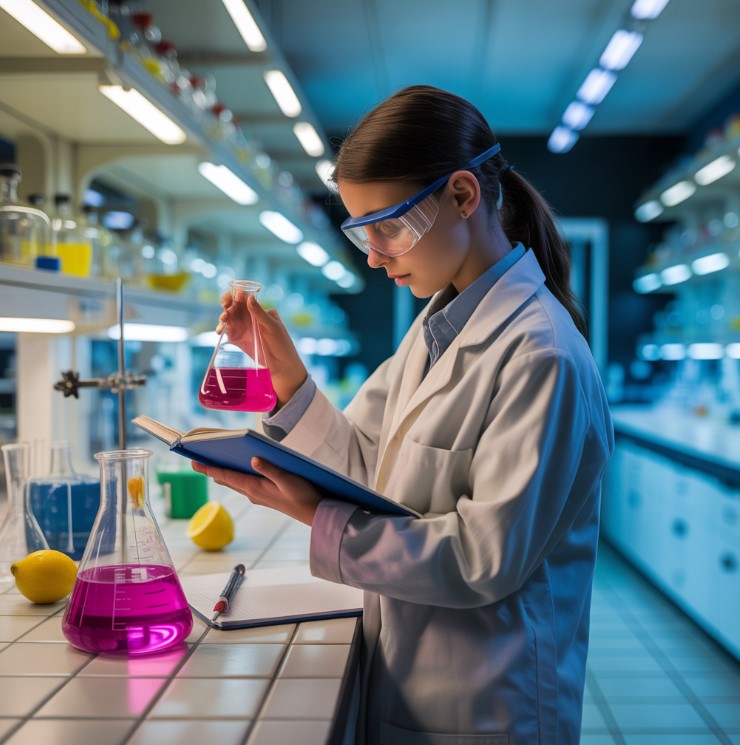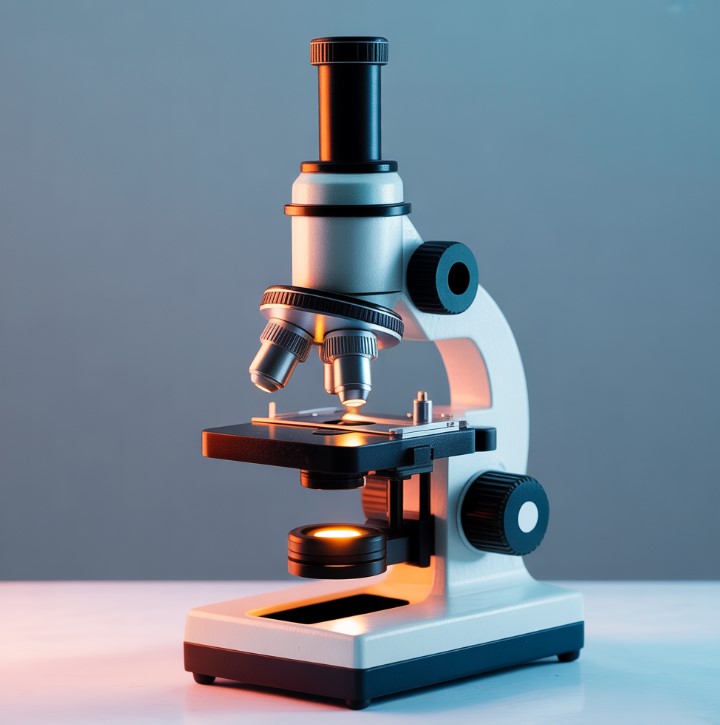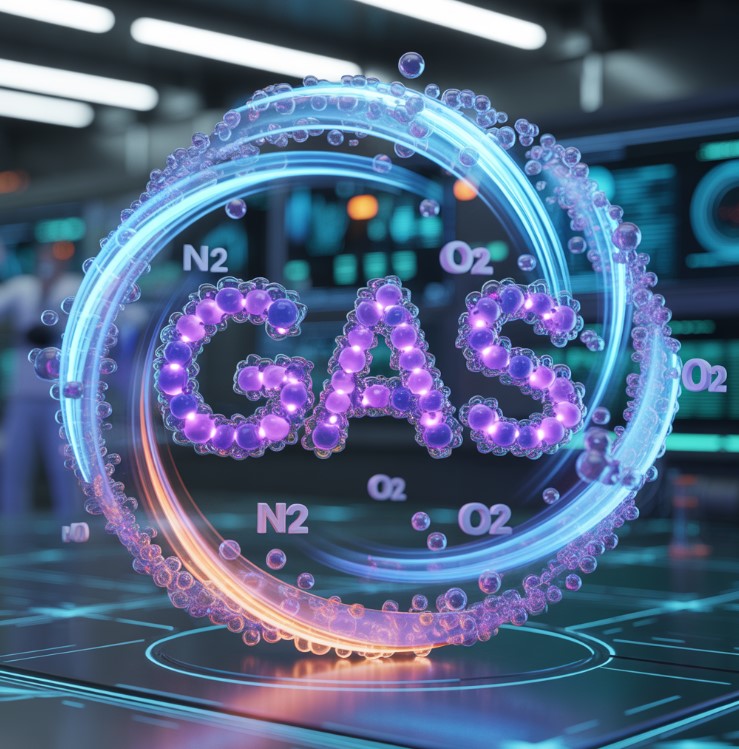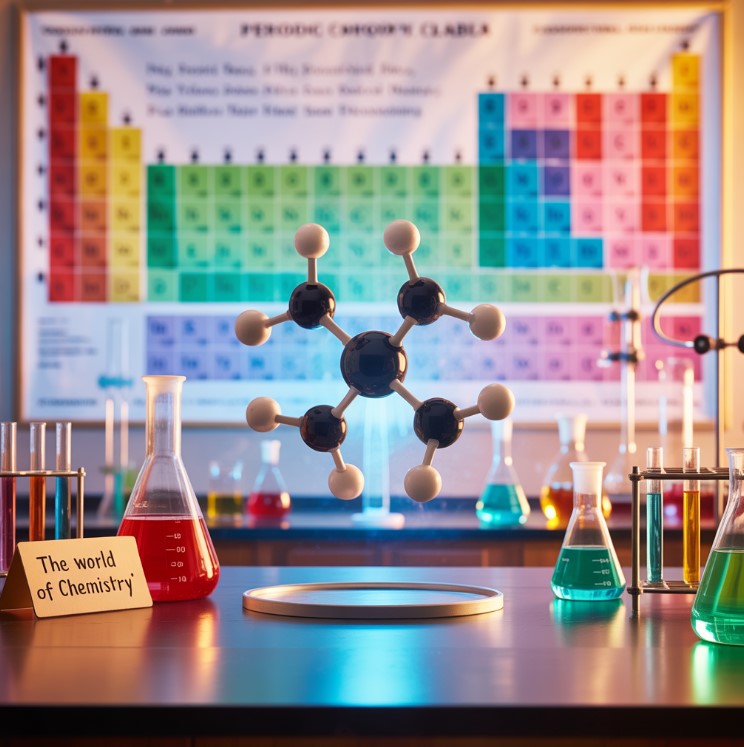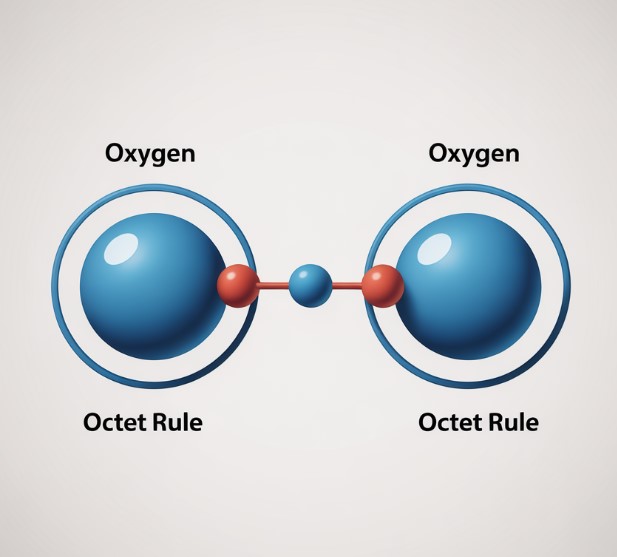Contents
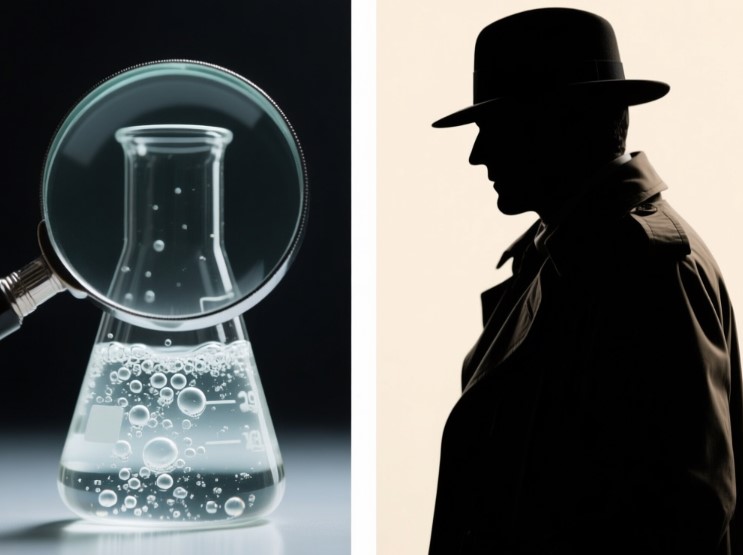
Why does a cut apple turn brown? What makes silver tarnish? These aren’t just everyday occurrences – they’re chemical mysteries waiting to be solved. Chemistry isn’t about memorizing a complex table of elements; it’s a process of investigation, deduction, and uncovering hidden reactions. Think of yourself as a chemical detective, piecing together clues to understand the world around you. Just like detectives look for fingerprints and motives, chemists look for evidence of chemical change.
By carefully observing the world around us and interpreting the clues of chemical change, we can unlock the secrets of matter and understand the reactions shaping our lives.
Spotting the Clues: What Tells Us a Reaction Has Occurred?
A good detective needs to know what to look for. Similarly, a chemical detective needs to recognize the signs that a reaction has taken place. These signs aren’t subtle; they’re observable changes – the evidence!
- Color Change: Perhaps the most obvious clue. Mixing certain liquids can create a vibrant new hue. For example, adding lemon juice to red cabbage water results in a dramatic shift from purple to pink. Observing this change tells us something new is being formed.
- Temperature Change: Reactions can either release heat (exothermic) or absorb heat (endothermic). Feeling a container get warm indicates an exothermic reaction, like those found in hand warmers. Conversely, a cooling sensation suggests an endothermic reaction.
- Formation of a Precipitate: Sometimes, when you mix two clear liquids, a cloudy substance forms. This solid that forms from a solution is called a precipitate, and its appearance signals a chemical change.
- Gas Production: Bubbles, fizzing, or even a noticeable odor can indicate that a gas is being produced. The classic baking soda and vinegar volcano is a perfect example.
- Light Emission: While less common in everyday life, the glow of glow sticks or the brilliant flashes of fireworks are clear indicators of chemical reactions releasing energy as light.
These aren’t just effects – they are clues that something new is happening at the molecular level. Can you think of other everyday changes that might indicate a chemical reaction?
Case File: The Mystery of the Tarnished Silver
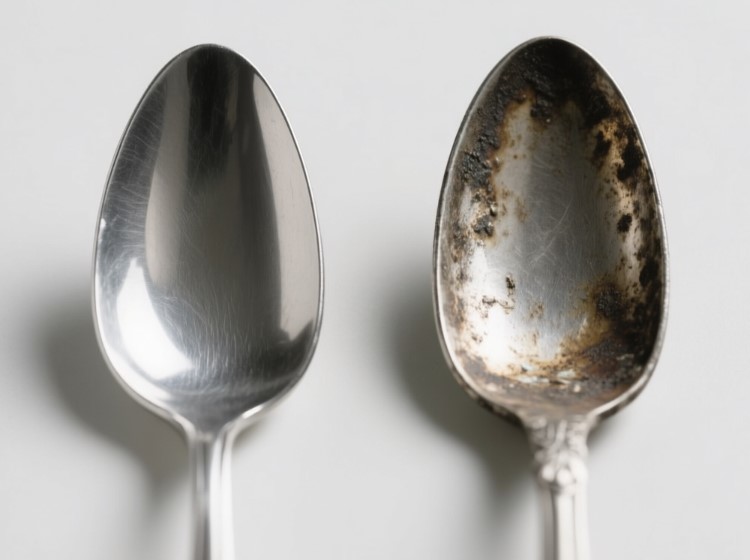
Imagine you’ve inherited a beautiful silver spoon. You leave it out, and over time, it loses its shine and becomes dull and black. What happened? This is a classic chemical mystery.
The Investigation:
First, we observe the changes. The spoon’s color has changed from bright silver to a dark, dull black. This is our primary clue.
What could be causing this? The culprit is exposure to air, specifically to sulfur compounds present in the atmosphere.
Silver reacts with sulfur to form silver sulfide, the black coating we see as tarnish. We don’t need to understand the complex details of electron transfer to understand what is happening – silver is combining with sulfur to create a new substance.
“Witness Statement” (Chemical Equation): 2Ag + S → Ag₂S
This equation is simply a shorthand way of summarizing our investigation’s findings. It tells us that two atoms of silver (Ag) combine with one atom of sulfur (S) to create one molecule of silver sulfide (Ag₂S).
The Solution (Detective Work): Fortunately, this reaction is reversible. Cleaning the silver with a polishing agent essentially removes the silver sulfide, restoring the spoon’s shine. This cleaning process itself involves another chemical reaction!
Case File: The Rise of the Cake

Now, let’s tackle a more delicious mystery: how does a flat mixture of ingredients transform into a fluffy, golden cake?
The Investigation:
We observe several changes: the batter increases in volume, its texture becomes light and airy, the color changes from pale to golden brown, and a delightful aroma fills the kitchen.
What’s causing the cake to rise? The answer lies in gas production.
Baking powder or baking soda, common ingredients in cake recipes, release carbon dioxide gas when heated. These tiny bubbles of gas get trapped within the batter, causing it to expand and rise.
“Witness Statement” (Chemical Equation): (Simplified) 2NaHCO₃ → Na₂CO₃ + H₂O + CO₂
This equation shows that two molecules of sodium bicarbonate (baking soda) break down into sodium carbonate, water, and carbon dioxide gas. It’s the carbon dioxide that creates the lift!
It’s important to note that baking isn’t just one reaction; it’s a series of interconnected reactions happening simultaneously. Proteins denature, sugars caramelize, and starches gelatinize – all contributing to the final product.
Becoming a Chemical Detective: Skills for Life

We’ve explored how chemistry is about observation, inference, and deduction. But these aren’t just skills for the lab; they’re skills for life!
Observation, inference, hypothesis formation, and deduction are essential for problem-solving in all areas. Troubleshooting a computer, diagnosing a car problem, or even deciding what to wear based on the weather all require the same analytical thinking we’ve used to solve our chemical mysteries.
Next time you see something change, ask yourself: What clues are present? What reaction might be taking place?
Chemistry isn’t a daunting subject; it’s an exciting adventure of discovery, and you already have the tools to become a chemical detective.
Bwexjuv © 2025. All Rights Reserved.
